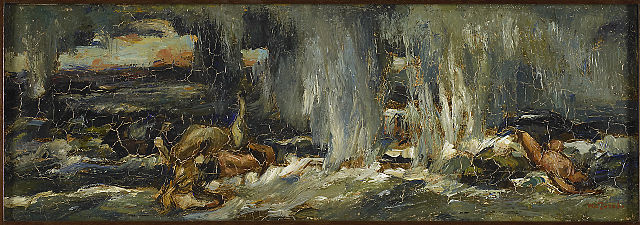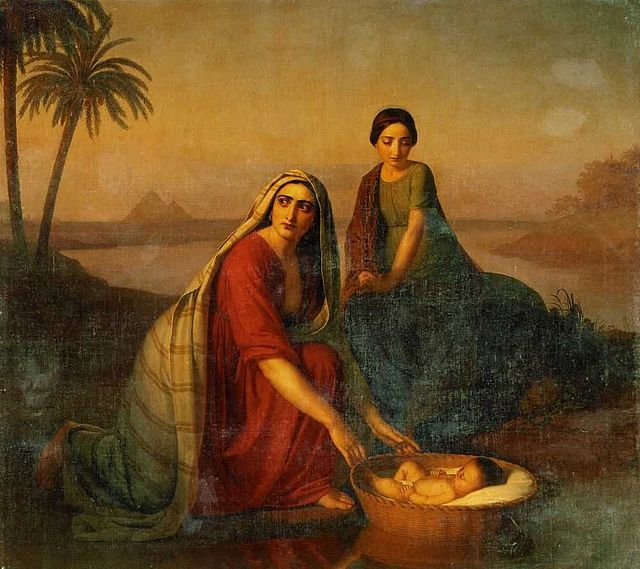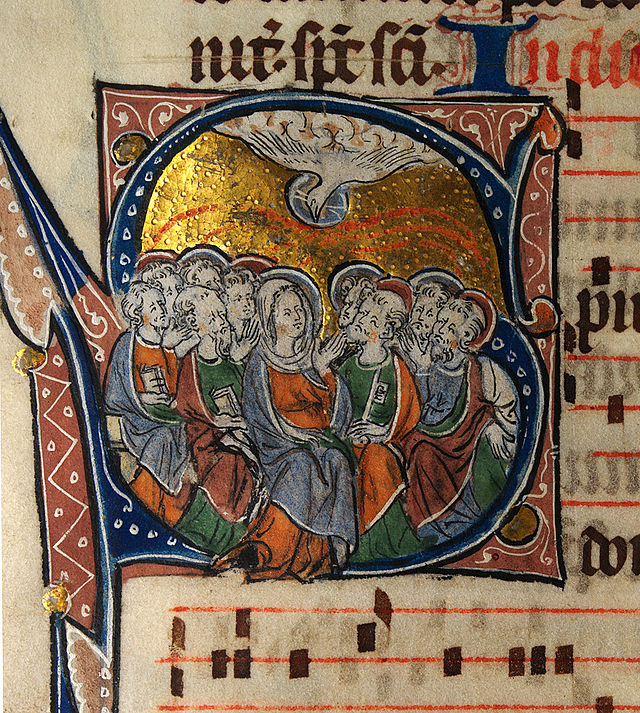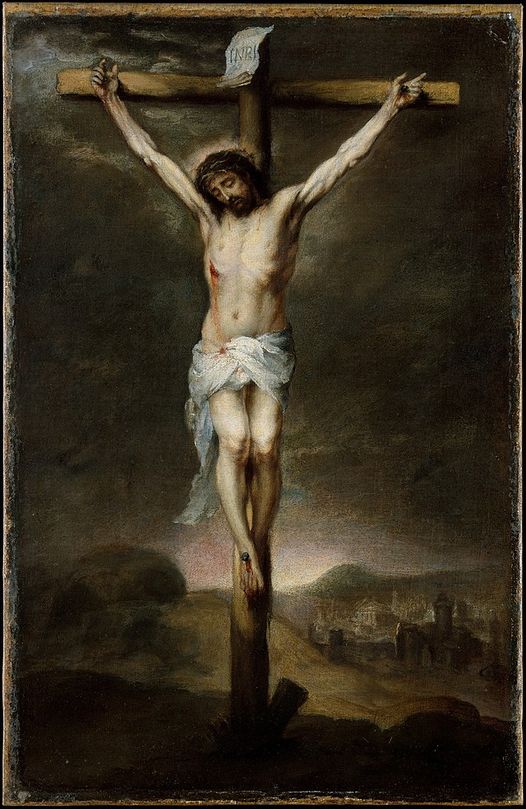Introduction
The Nephilim, as mentioned in Genesis 6:4, appear in the biblical narrative both before and after the Flood, sparking intriguing questions about their survival. If the Flood aimed to cleanse the Earth of all except Noah and his family, how did these figures, often understood as tyrants or oppressors, continue to exist in the post-Flood world? This article delves into several theories that seek to provide potential answers to this complex biblical conundrum.
Theory 1: Hyperbole in Biblical Language:
One hypothesis hinges on the concept of hyperbole in biblical language. The Hebrew word used for “earth” in the Flood narrative can also be translated as “land”, suggesting that the phrase “all the earth” might be an exaggeration to emphasize the scale of the Flood, without implying a global event. This would permit the existence of the Nephilim, or their progenitors, outside of the affected region.
Theory 2: A Second Incursion of Fallen Angels:
Another theory posits a second incursion of fallen angels after the Flood. Genesis 6:4’s phrase “and also afterward” has been interpreted by some scholars as indicating another period when fallen angels intermingled with human women, leading to a resurgence of the Nephilim.
Theory 3: Ritual Possession and Procreation:
A more intricate theory suggests the survival of the Nephilim through ritual possession and procreation. If the spirits of the pre-Flood Nephilim endured as demons, they could potentially possess human hosts and procreate with human women. During certain temple rituals, a king could be symbolically possessed by a Nephilim spirit and his offspring with a temple prostitute might then perpetuate the Nephilim lineage.
Conclusion:
The question of the Nephilim’s post-Flood survival remains a challenging and disputed element of the biblical narrative. These speculative theories aim to reconcile the text’s mention of the Nephilim’s existence after the Flood. The definitive answer may be elusive, but the exploration provides a fascinating insight into the multifaceted narratives of the Bible.
Discussion Questions
- “How does understanding the Hebrew language and the use of hyperbole affect our interpretation of the biblical narrative, specifically concerning the Nephilim and the Flood?”
- “What theological implications arise from the theory of a second incursion of fallen angels after the Flood?”
- “Considering the theory of ritual possession and procreation, how might this have influenced ancient societies’ beliefs and practices related to the spiritual realm?”
Want to Know More?
- “The Unseen Realm: Recovering the Supernatural Worldview of the Bible” by Dr. Michael S. Heiser – This book delves deeply into the supernatural elements of the Bible, including the Nephilim, providing an academic perspective on these intriguing Biblical narratives.
- “Dictionary of Deities and Demons in the Bible” – This is a comprehensive academic resource offering detailed insights into various spiritual entities mentioned in the Bible, including the Nephilim.
- “Reversing Hermon: Enoch, the Watchers, and the Forgotten Mission of Jesus Christ” by Dr. Michael S. Heiser – This book provides in-depth insights into ancient Jewish beliefs about the Nephilim and their influence on the mission of Jesus. It offers a comprehensive view of the history, beliefs, and cultural context surrounding these enigmatic biblical figures.




